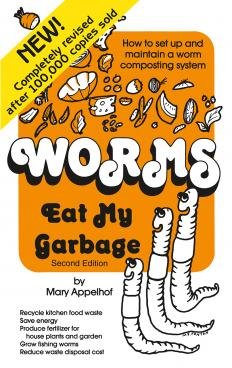

When is the best time to take soil samples? Take a soil sample a few months before embarking upon any new garden work - starting a vegetable garden, putting in a flower bed, or planting perennials. Sampling well in advance of planting will allow time for applied soil amendments to begin making the desired adjustments in soil pH or nutrient levels.
Sample established areas - lawns, trees, shrubbery, and other perennials - at any time of year; however, an ideal time to take samples is when the garden season has ended in the late summer to early fall. Sampling in the fall allows time for corrective pH and nutrient management before new growth starts in the spring. Fall sampling also avoids a sometimes busy spring period at the Soil Testing Laboratory, thus avoiding delays in getting your soil test results.
If an established area shows abnormal growth or plant discoloration, take a soil sample right away. For areas recently limed or fertilized, delay sampling at least six to eight weeks, otherwise your sample will not reflect the changes you are making.
A soil sample is a composite of numerous sub-samples, so a soil that is too wet will be impossible to mix together. As a rule, if the soil is too wet to work, it is too wet to sample. Another way to judge is to squeeze soil into a ball. If it easily breaks apart, then the soil can be sampled.
Buy your own soil testing products
Before we go on, let's see what you learned about when to take a soil sample!
Select the true statement about when and how often to test your soil.


 "Beautifully illustrated and practical Are you ready to take your garden from good to great?
Learn how to build your soil...and more!
"Beautifully illustrated and practical Are you ready to take your garden from good to great?
Learn how to build your soil...and more!
Discover how to easily build an attractive and affordable greenhouse that will grow anything in any conditions. Also, building your own greenhouse just makes economical sense. You can build a greenhouse at just a fraction of the cost of buying a pre-built one. Most pre-built greenhouse you buy need to be assembled anyway, you are really just paying hugely inflated prices for the material.

The book that started a backyard worm revolution! With more than 150,000 copies sold, this is the bestselling and remains the definitive guide to vermicomposting--a process using red worms to recycle human food waste into nutrient-rich fertilizer for plants. Author Mary Appelhof provides complete illustrated instructions on setting up and maintaining small-scale worm composting systems. Read More...